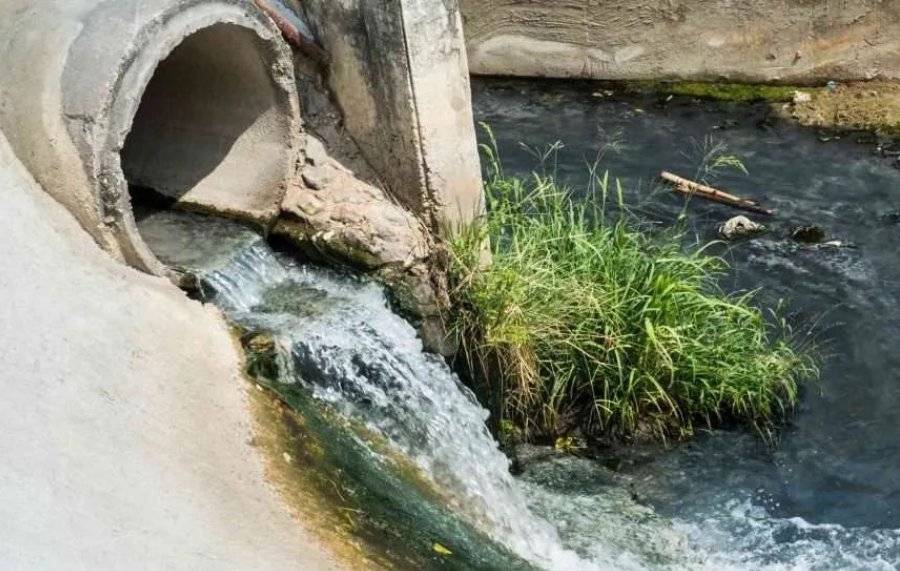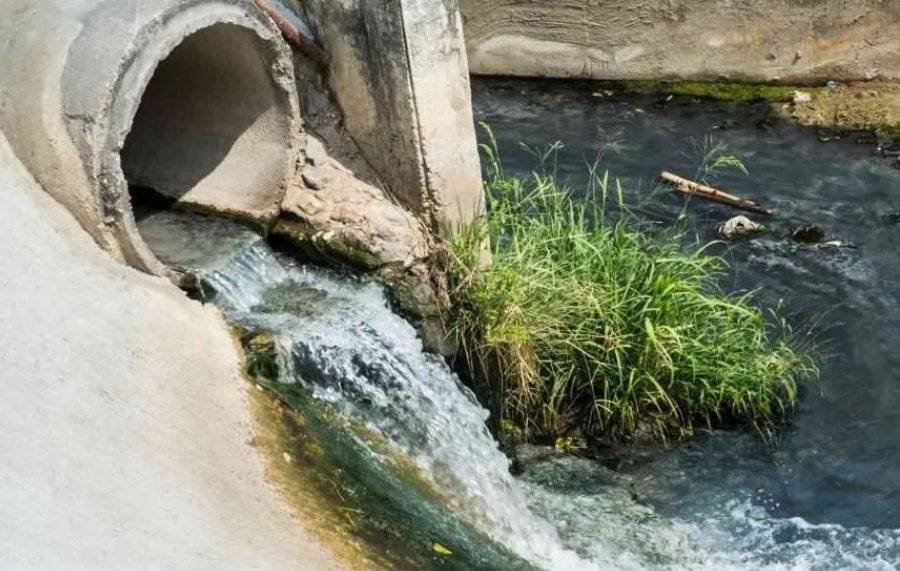The Hidden Peril: Open Stormwater Drains as Road Safety Hazards in Liberia
In the bustling streets of Monrovia, a silent and often overlooked menace lurks beneath our feet. Open stormwater drains, those seemingly innocuous channels carved into the urban landscape, pose a significant threat to pedestrian and cyclist safety. While they may appear as convenient water conduits and are touted as easy to clean, the reality paints a starkly different picture. In this article, we delve into the statistics and dangers associated with open stormwater drains, presenting current condition of opened channel, drains and sewer lines in Monrovia. We have examined the notion that they are a straightforward and easy to maintain as well as flood control measure for cities.

Statistics:
A Looming Menace Open stormwater drains are treacherous traps for unsuspecting pedestrians and cyclists
in developing
countries. Statistics tell a chilling tale of the dangers they pose.
AccidentalFalls: One of the most common accidents associated with open drains is
pedestrian falls. Each
year, thousands of individuals suffer injuries due to slips, trips, and falls into these gaping
chasms.
Cyclist Mishaps: Cyclists face a substantial risk when navigating streets punctuated by
open drains.
Cyclists can lose control and sustain severe injuries upon colliding with these hazards.
Fatal Encounters: In some tragic cases, pedestrians and cyclists lose their lives when
they tumble into
open drains. The loss of human lives is an incalculable tragedy, with profound social and economic
consequences.
The Myth of Easy Maintenance:
Debunked Proponents of open stormwater drains often argue that they are straightforward to clean and
maintain.
However, this assertion ignores the following critical issues:
Inadequate Resources: Developing countries often lack the necessary resources, both financial and human,
to maintain open drains effectively. Drainage systems require continuous monitoring and cleaning, which
is frequently neglected due to budget constraints.
Environmental Impact: Cleaning open drains often involves the use of harmful chemicals
to dislodge
debris and unclog pipes. These chemicals can seep into the environment, polluting water bodies and
affecting local ecosystems.
Limited Accessibility: Cleaning open drains can be a hazardous task itself. The need
for manual labor to
access the narrow channels increases the risk of accidents among maintenance workers.

Environmental and Safety Disadvantages:
Beyond the immediate safety concerns, open stormwater drains have broader environmental and safety
disadvantages:
Water Pollution: Debris, chemicals, and waste often find their way
into open drains, contaminating the water supply. This pollution poses severe health risks to
communities relying on these water sources.
Disease Vectors: Stagnant water in open drains becomes a breeding
ground for disease-carrying mosquitoes and other pests, increasing the prevalence of vector-borne
illnesses.
Limited Aesthetics: Open drains diminish the aesthetics of urban
areas, potentially impacting tourism and property values.
A Safer Path Forward:
To address the grave issue of open stormwater drains as road safety hazards, we must consider innovative
solutions:
Infrastructure Upgrades: Investing in infrastructure
improvements, such as covering open drains with secure grates or replacing them with underground
drainage systems, can mitigate the safety risks.
Public Awareness: Raising awareness among pedestrians and
cyclists about the dangers of open drains and promoting safe road use is essential.
In conclusion, the seemingly benign open stormwater drains that crisscross the roads of developing
countries hide a significant road safety hazard. Statistics reveal a grim reality of accidents and
fatalities, while the notion of easy maintenance is debunked by resource constraints and environmental
repercussions.
To truly prioritize pedestrian safety and environmental sustainability,
developing
countries must invest in improved infrastructure, awareness campaigns, and robust maintenance practices.
It is only through collective action that we can transform these perilous pathways into safe, thriving
urban landscapes.
